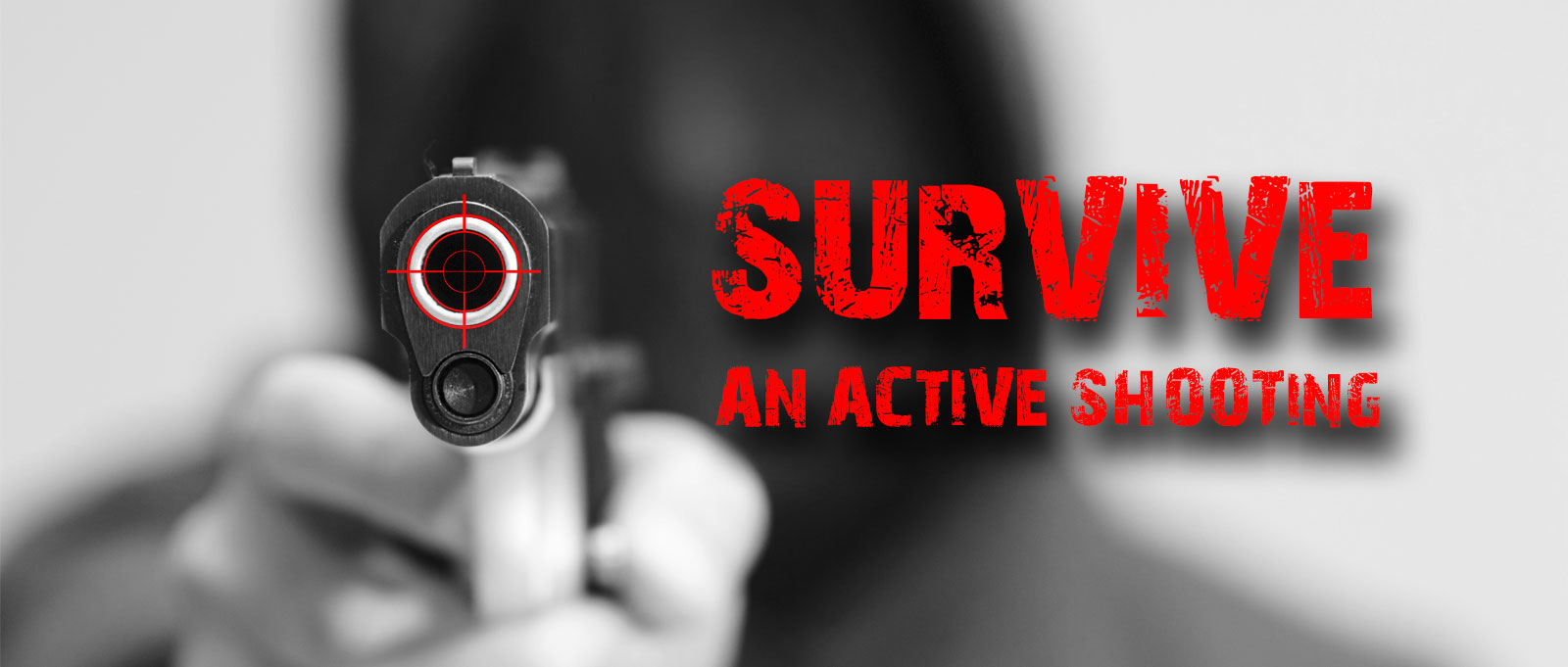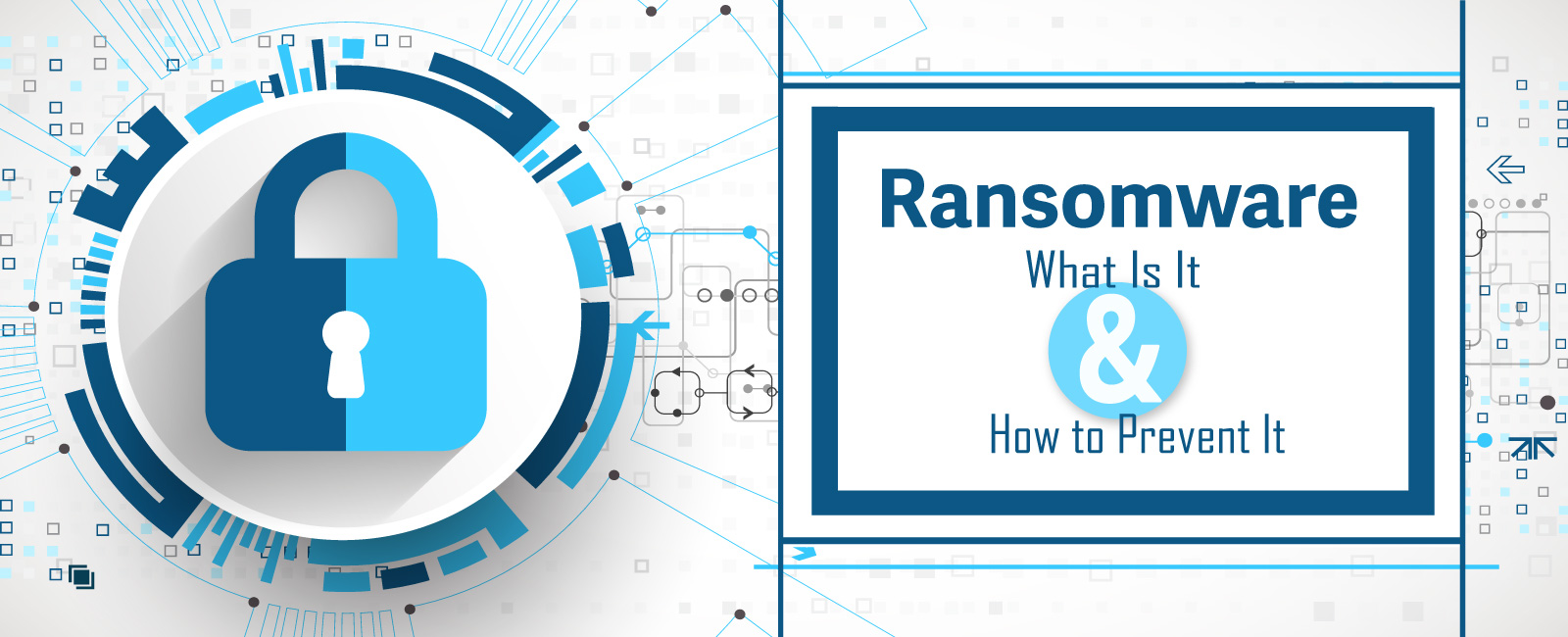Chances are, your healthcare facility probably has some sort of policy in place that would apply in the event of a violent situation in your workplace, such as an active shooter. Your active shooter policy might specify a code word or alert that you say over the intercom, or perhaps you have an evacuation or lockdown process documented.
But here’s the truth: Active shooter policies don’t always work in reality. In the real event of an active shooter in your workplace, your employees are going to have to make decisions in fractions of a second, while their hearts pound at 200 beats per minute.
When that happens, will your employees be prepared to handle the situation based solely on the policies you’ve provided?
According to Terry L. Choate, Jr. and Joseph Hileman, instructors at Blue-U Defense, organizational policies simply aren’t enough. The two retired law enforcement officers presented an active shooter training course at PSA and provided several strategies that healthcare facilities can use to prepare their team members for a violent workplace incident.
Workplace violence is a serious threat and should be a very real concern for your facility. Homicides are a leading cause of death in the workplace for both men and women. What can you do to better prepare your employees to help them defend against active shooters? Here’s what Choate and Hileman suggest.
Teach your employees about the impact a single individual can have
According to Choate and Hileman, a critical reality that people must realize when facing an active shooter is that there is strength in numbers.
They explained that in several past shootings, there was ample time for the people involved to take action — but more often than not, everyone is too afraid to make a move. In one shooting in particular, a single shooter cornered an entire group of people and was able to reload his gun four times. Even though the shooter was far outnumbered and was unarmed during the reloads, no one took action.
Yet in another incident, when a shooter attempted to open fire on a train car containing more than 500 people, it took just one individual to mobilize a group and attack the shooter. And as a result, not a single person was killed.
“People act like sheep,” Choate said, explaining that people are likely to follow the decisions of others — whether that means taking no action or attacking the shooter head-on. If your active shooter policy empowers employees, it’s much more likely that they will inspire others to follow — and a group is much better equipped to overtake a dangerous individual.
Recognize that active shooter policies aren’t the most important element of security
Policies are often a necessary part of your risk and safety management practices, but the facilities that are best prepared for active shooter incidents realize that policies aren’t the most important element of security. According to Choate and Hileman, your most critical element of protection is people.
For example, does your facility have a receptionist? The Blue-U instructors explained that as the first person your guests interact with, your front desk attendant is the most important person in the security of your building. Have you trained your receptionist on what to do in the case of an active shooter? Does he or she know how to communicate the issue without alerting the shooter?
Choate and Hileman recommend that companies do not use codes (e.g., “code blue”). If a gunman, walks into your healthcare facility and asks the receptionist to call for a specific doctor — angry that his relative passed away under the care of that physician, for example — announcing a code over the intercom can both confuse the staff and alert the gunman that the receptionist has called for help. Instead, you need to be covert and avoid alerting the criminal — for example, using the intercom to say, “Paging Dr. Smith; please call extension 4990,” where “4990” is the code for an active shooter. This allows the gunman to think the receptionist is complying with his request, which can provide more time for staff to leave the building and request emergency help.
In addition, Choate and Hileman explained that when entering a building, shooters tend to take the path of least resistance — so something as simple as having your staff close a door to a wing of your building can act as a physical deterrent.
[psa_quote] True safety is culture, so you must train your people.[/psa_quote]True safety is culture, so you must train your people
The truth, Choate and Hileman said, is that most people don’t believe a violent workplace incident will ever happen to them. If they did, they’d be constantly looking around, scanning the people nearby, and thinking about what they would do if someone pulled out a weapon — just like defensive driving.
Choate and Hileman explained that in the event of a workplace shooting or violent event, your mind will look to the past and try to recall a similar situation you’ve been in, and you will likely react the same way. Typically, this falls into one of three categories: Fight, flight, or freeze. If an employee is conditioned to run from a threat, that’s what they’ll do in a workplace violence situation, as well.
So to prepare your employees to face these situations, you have to make sure they have the right memories and experiences to pull from. That doesn’t mean putting them in violent situations, of course; the key to this is visualization. You should encourage your employees to think through various scenarios and determine how they should respond.
“Being in an incident should never be the first time you think about that incident,” said Choate. By continually thinking through these hypothetical situations, your employees will be better prepared to act that way in a real-life situation.
For example, consider the following real situation that occurred in Indianapolis in 2015. A female employee at an assisted living facility noticed a man standing in a hallway, wearing dark sunglasses. She advised him that visiting hours were over, but he continued walking down the hall — and that’s when she noticed he was carrying a rifle. He grabbed a male employee, dragged him to a nearby nurses’ station, and ordered the employee to give him medications.
Do you know what you would do in this scenario?
Regardless of your answer or your organization’s active shooter policies in this scenario, the point is this: “If you don’t know what you’d do, neither do your employees,” Choate said. “The more people you’ve trained to make good decisions, the safer your company becomes.”
While these are essential steps to help prepare your staff, this only begins to scratch the surface of an effective active shooter policy and training for your workplace. To learn additional strategies, visit the Blue-U Defense website.
Need help managing your health care risks? Contact me at cmorsberger@psafinancial.com.




